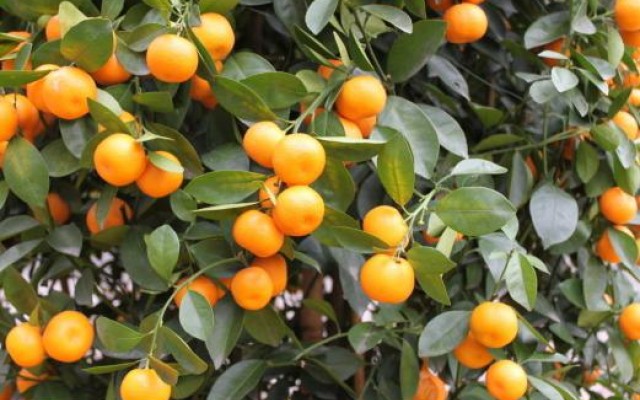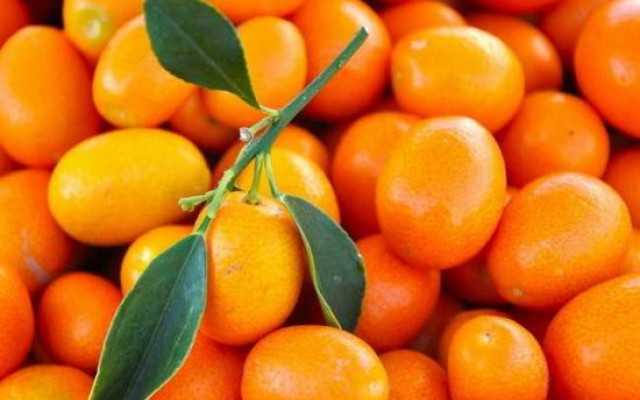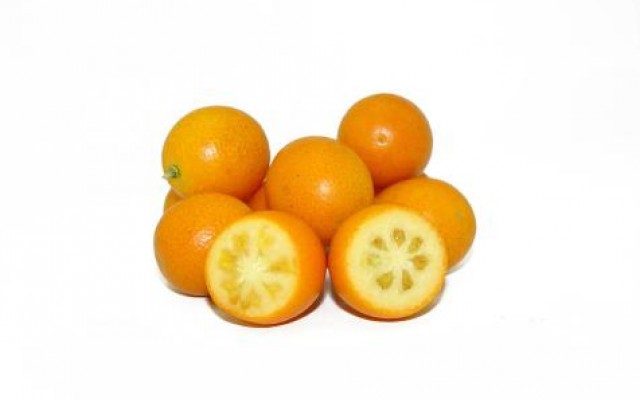Kumquat (scientific name: Fortunella margarita (Lour.) Swingle), also known as kumquat, is an evergreen shrub of the genus Kumquat. Within 3 m of the tree, the leaves are thick, ovate-lanceolate or oblong, with a slightly pointed or blunt tip, broadly cuneate or nearly rounded at base; petiole up to 1.2 cm long, very narrow. Single flower or 2-3 flower clusters; stalks 3-5 mm long; ovate ellipsoid, sessate sessate, usually 1.5 s. Fruit elliptic or ovate-elliptic, orange-orange to orange-red, sweet-skinned; seed ovate, cotyledons and embryos green, single embryo or occasionally multi-embryo. Flowering period from March to May, fruiting period from October to December.
Kumquat is made with licorice and can be made into a preserved fruit. Kumquat fruit is rich in vitamin C, kumquat and other ingredients, which have certain effects on maintaining cardiovascular function and preventing diseases such as hardening of the blood vessels and hypertension. Kumquat fruit is rich in vitamin A, which can prevent pigmentation, increase skin's luster and elasticity, slow down aging, and avoid sagging and wrinkles. It can also prevent civilized diseases, such as vascular diseases and cancer, and better qi, cough, stomach, phlegm, asthma and bronchitis. Kumquat also contains vitamin P, which is an important nutrient for maintaining vascular health. It can strengthen microvascular elasticity and can be used as an auxiliary food for hypertension, arteriosclerosis and heart disease.






